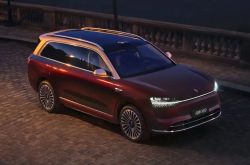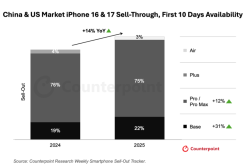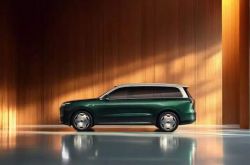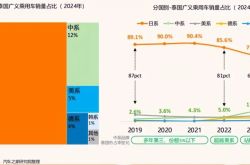Tent-style Phones on the Brink: Are Manufacturers Playing It Safe, Leading to Inevitable Homogenization?
![]() 03/13 2025
03/13 2025
![]() 661
661
In 2024, phone manufacturers presented numerous remarkable products, showcasing significant advancements in AI, imaging, design, and performance compared to 2023. However, in Xiaolei's view, with the exception of Huawei's triple-folding screen phone, most innovations can be considered minor, offering limited improvements.
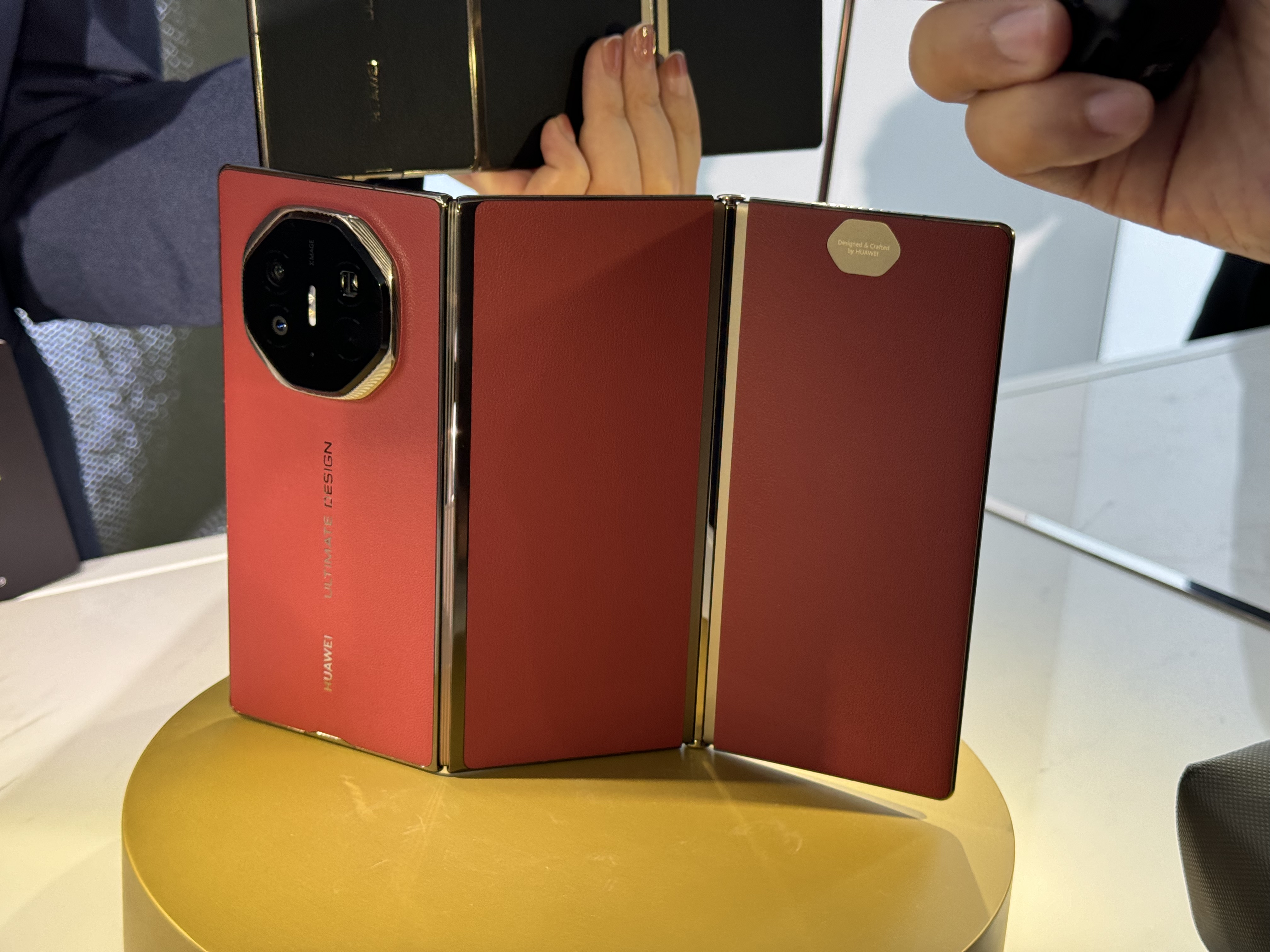
(Image source: Leitech production)
In fact, over the past three years, few phone products have elicited exclamations of "This phone is so interesting!" from Xiaolei. On one hand, today's phones have largely reached a plateau, making it challenging to introduce major innovations in design and functionality. On the other hand, market preferences have rendered "tent-style phones" an endangered species. Are all-rounder phones the ultimate goal for mobile devices?
Xiaolei doesn't think so.
When safety becomes the norm, phones succumb to homogenization
According to Leitech's previous definition, a tent-style phone excels in a specific aspect, sometimes even at the expense of other basic experiences. However, from today's perspective, most consumers prioritize "stability" in their phone usage, demanding balance across photography, hand feel, performance, and battery life, collectively known as the "all-rounder phone."
This is a key factor driving domestic manufacturers' fierce competition in cost-effective models in recent years, but it also poses another problem: exacerbating an already highly homogenized market, stifling innovation.
For instance, with a budget of 2500 yuan, one can currently purchase several high-performance models such as iQOO Neo10, realme GT6, OnePlus Ace 5, and REDMI K80. Upon closer inspection, however, the primary "difference" among them lies in the brand logo, as they share nearly identical core configurations.

(Image source: Leitech illustration)
Is this a positive development? For consumers, it undoubtedly is good news. The fiercer the competition among manufacturers, the higher the cost-effectiveness of their products. However, as mentioned earlier, these phones have forgotten what "innovation" truly means.
So, what should a quintessential tent-style phone look like?
There was once a phone that excelled in selfies to an extreme degree. To this day, Xiaolei still believes it stands as the foremost contender among selfie phones. Readers familiar with vivo will undoubtedly guess it—vivo S10 Pro.
In an era where screen-to-body ratio was the focal point, vivo introduced a product with a notch screen. The official explanation was to accommodate two front cameras and two fill lights atop the frame. The experience was indeed outstanding, explaining why this phone is still revered as a selfie game-changer on some social platforms.
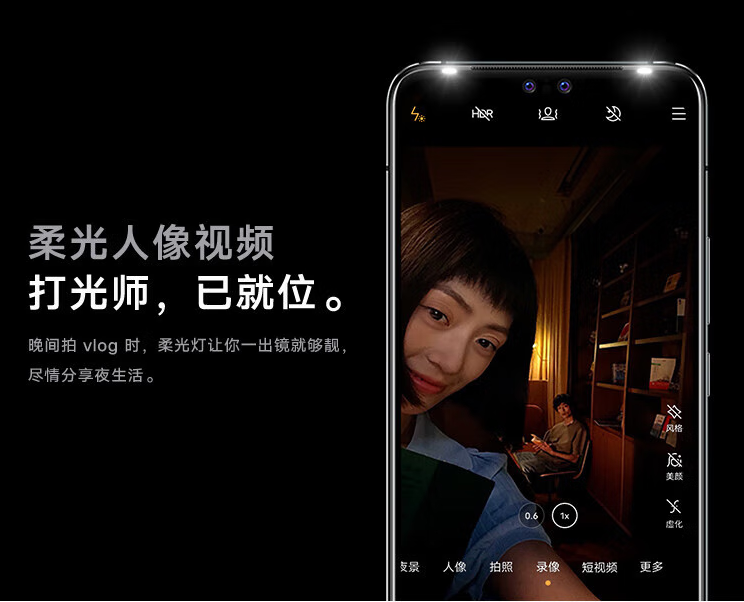
(Image source: vivo official)
But what was the trade-off?
The surrounding configurations were less than stellar. To "take great pictures of people," users had to endure larger screen borders, smaller batteries, the then-mediocre Dimensity 1100 processor (a step backward from the previous generation), and subpar rear imaging.
From the perspective of cost-effectiveness enthusiasts, this was a clear IQ test machine, and anyone who bought it was perceived as foolish. However, market feedback spoke volumes. The vivo S series is undoubtedly one of the most successful product lines in the history of domestic phone development. According to vivo's official data, the S series sold 25 million units in two years. Although vivo has not announced relevant data since then, it is certain that the S series has consistently been one of vivo's main shipping forces, with an undoubted position in the offline market.
Nevertheless, the S series also seemed to be influenced by competitors' cost-effectiveness in subsequent iterations. Starting with the S15 series, it gave Xiaolei the impression of being a mediocre product, constantly compromising for the sake of being an all-rounder. The latest vivo S20 series follows suit, with balanced configurations across all aspects. While it still retains its strengths in portrait and selfie photography, they are not as prominent as before. Instead of calling it S20, it might as well be renamed vivo X200 Youth Edition.
Let's take OPPO, vivo's neighbor, as another example. It took a different approach, focusing all its efforts on rear portrait photography. In an era when only flagship phones sported good cameras, the OPPO Reno 5 came equipped with a 64-megapixel rear quad-camera module, and the front camera pixels were also upgraded to 32 megapixels, the highest at that time. Coupled with OPPO's finely tuned portrait algorithm, it debuted at its peak, far ahead in portrait photography.
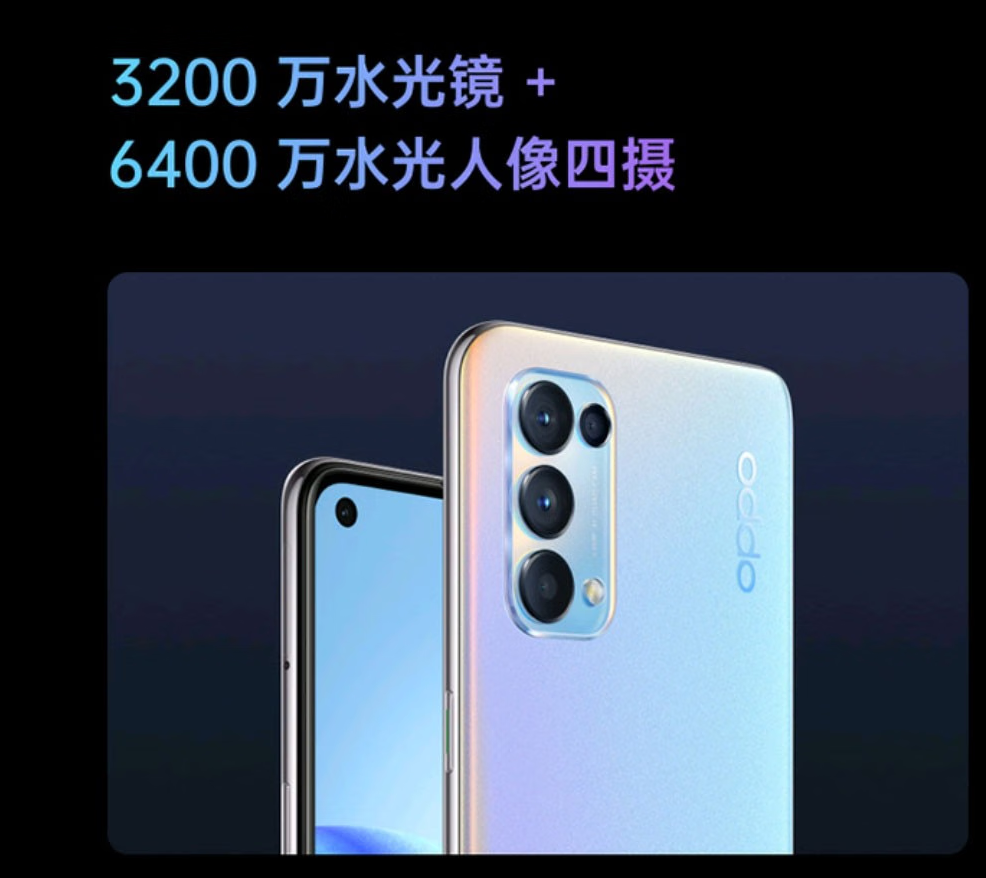
(Image source: OPPO official)
Its shortcomings were similar to those of the vivo S series, being good for nothing except for taking pictures: weak performance, ultra-large borders, plastic brackets, and so on.
But none of these hindered the OPPO Reno 5 series from becoming a best-selling offline product. It's just a pity that its successors followed the same path as the vivo S series, becoming a product line dedicated to all-rounder models.
Compared to flagship and cost-effective models, OPPO and vivo's tent-style models targeted a more precise audience. The popularity of these two series also underscores that the general public has begun to differentiate into vertical consumer groups, with some users prioritizing photography while others pursue aesthetics. The once-prevalent "rational consumption" has been replaced by "emotional consumption," such as taking pictures and having a good appearance.
It's not just OPPO and vivo. Many phone manufacturers have introduced one or more products with extreme configurations in certain aspects. Their overall experience may indeed lag behind that of all-rounder flagship phones, but they can capture users' hearts with specific details.
I hope tent-style phones never disappear
The same applies to gaming phones, which are almost extinct. Early gaming phone manufacturers were eager to turn their products into phones with built-in game controllers, adorning the back with flashy RGB light strips to give the entire phone a "cool" appearance. Its performance was indeed much stronger than mainstream phones, but the trade-offs were significant weight, unconventional design, and only acceptable imaging performance.
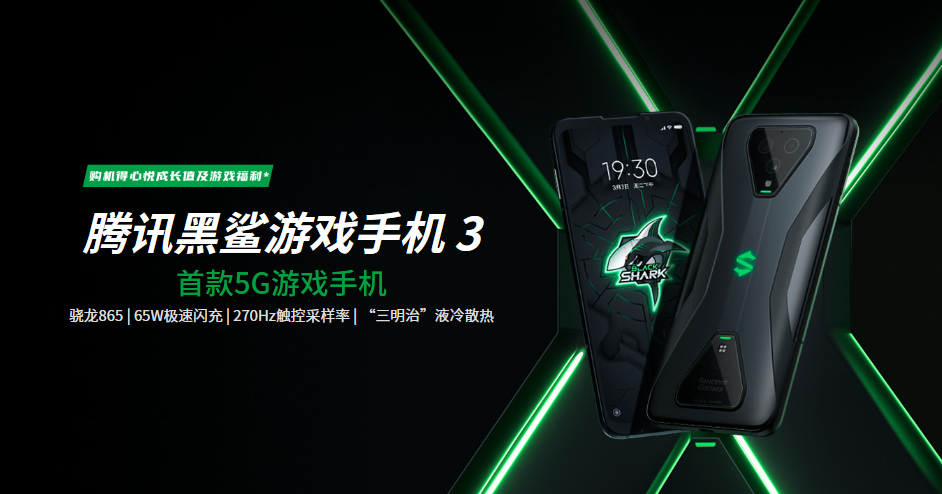
(Image source: Black Shark official)
However, unlike the vivo S series and OPPO Reno series, the decline of gaming phones was not due to a lack of market acceptance but was completely overshadowed by the rapid advancements in mobile processors.
Early mobile processors generally had weak performance, necessitating more cooling components to unleash higher performance: thermal grease, VC vapor chambers, and cooling fans. But as Qualcomm and MediaTek rapidly improved in energy efficiency, mobile processors could meet users' diverse usage scenarios without external cooling aids. Gaming phones, which focused on extreme performance, naturally became less necessary.
In Xiaolei's opinion, the end of the gaming phone era is a pity. It was a highly innovative category in phone development, injecting fresh blood into the stagnant phone market. Unfortunately, it ultimately failed to keep pace with the market's rapid evolution.
As fast charging, high-resolution screens, and imaging capabilities "comparable" to professional cameras become standard configurations, and hardware specifications become so homogenized that they are indistinguishable, satisfying ordinary users' cost-effective solutions for "functional needs" is currently the most prudent approach.
Does this mean manufacturers truly don't care about innovation in functionality or design? The answer is no. Let's revisit vivo. At the end of 2024, they launched a very special model—vivo Y300.
Its uniqueness lies in the insertion of an oversized speaker element within the camera Deco, nearly three times larger in volume compared to ordinary phone speakers. The official claims that the vivo Y300 can transmit sound over ten meters at 100% volume. With the built-in "High Volume Mode" enabled, this performance can be enhanced to one hundred meters.
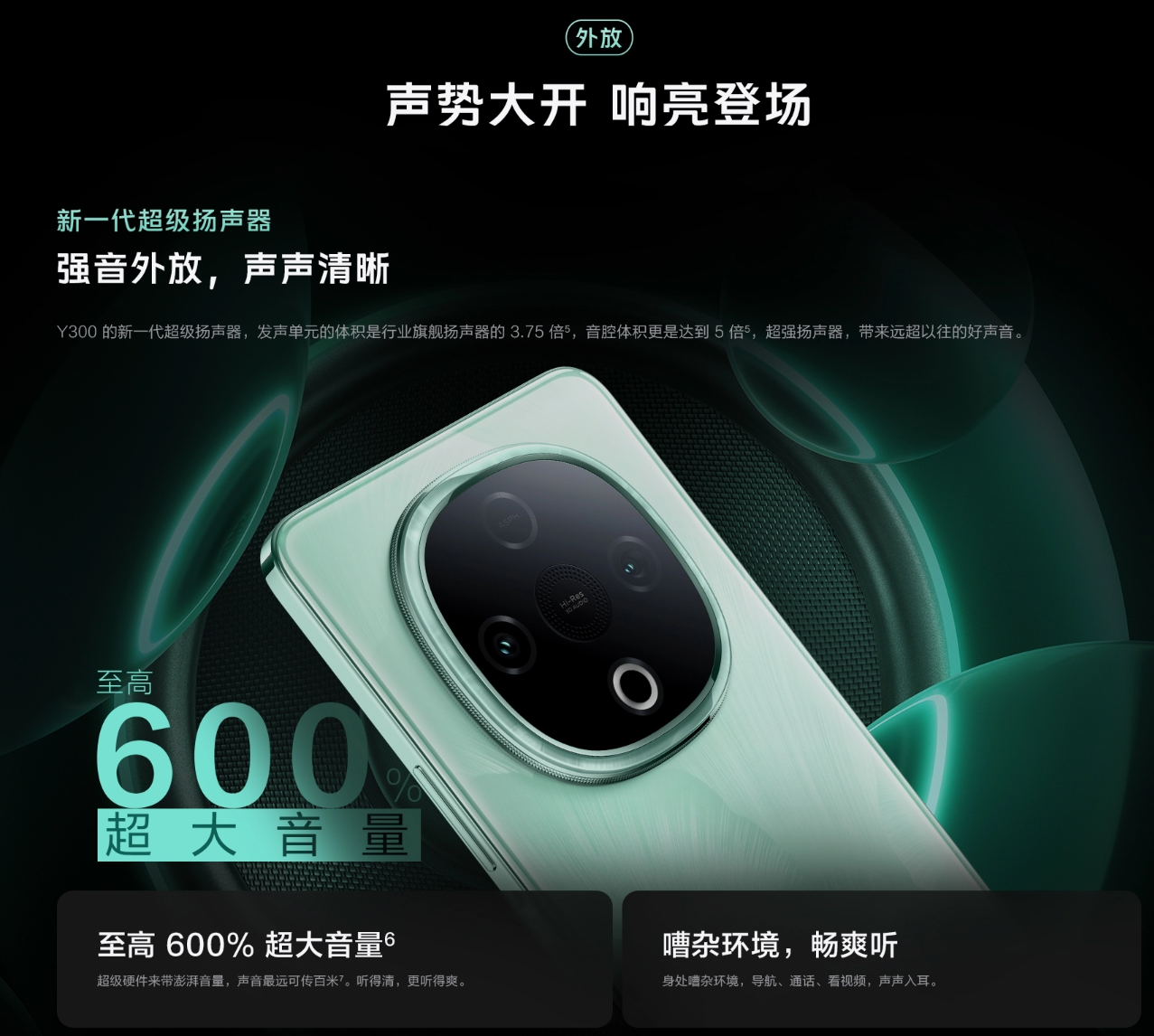
(Image source: vivo official)
So, what is its significance? And who will truly appreciate this loudspeaker phone? Of course, there are individuals like delivery workers and construction site professionals who may be in noisy environments during work and struggle to hear their phone's ringtone. The ultra-high volume design can help users avoid missing calls in such scenarios.
Before the launch of Y300, vivo had also introduced a lesser-noticed feature—the Rider Mode specifically designed for riders and delivery personnel. With this function enabled, the phone automatically enhances screen brightness, extends automatic screen lock time, improves hands-free calls, and provides stronger network acceleration services. Paired with Y300's oversized speaker, it can be deemed the "dream phone" for many delivery riders.
The vivo Y300 may not be a stellar phone, and its cost-effectiveness can only be considered average, but it does use an innovative aspect to meet the needs of its target audience.
Besides vivo, Xiaomi and OPPO will also launch ultra-thin models, but specific parameters, product positioning, and pricing remain unknown. Leitech will continue to closely monitor these "different" models in the future.
Innovation remains the cornerstone for phone manufacturers
Hardware homogenization in the phone market did not occur overnight but is a stage that industry development inevitably traverses. The slowing down of innovation by phone manufacturers will indeed make the phone market less exciting, but Xiaolei believes that all technological innovations and accumulations essentially consider one thing: whether they will benefit users.
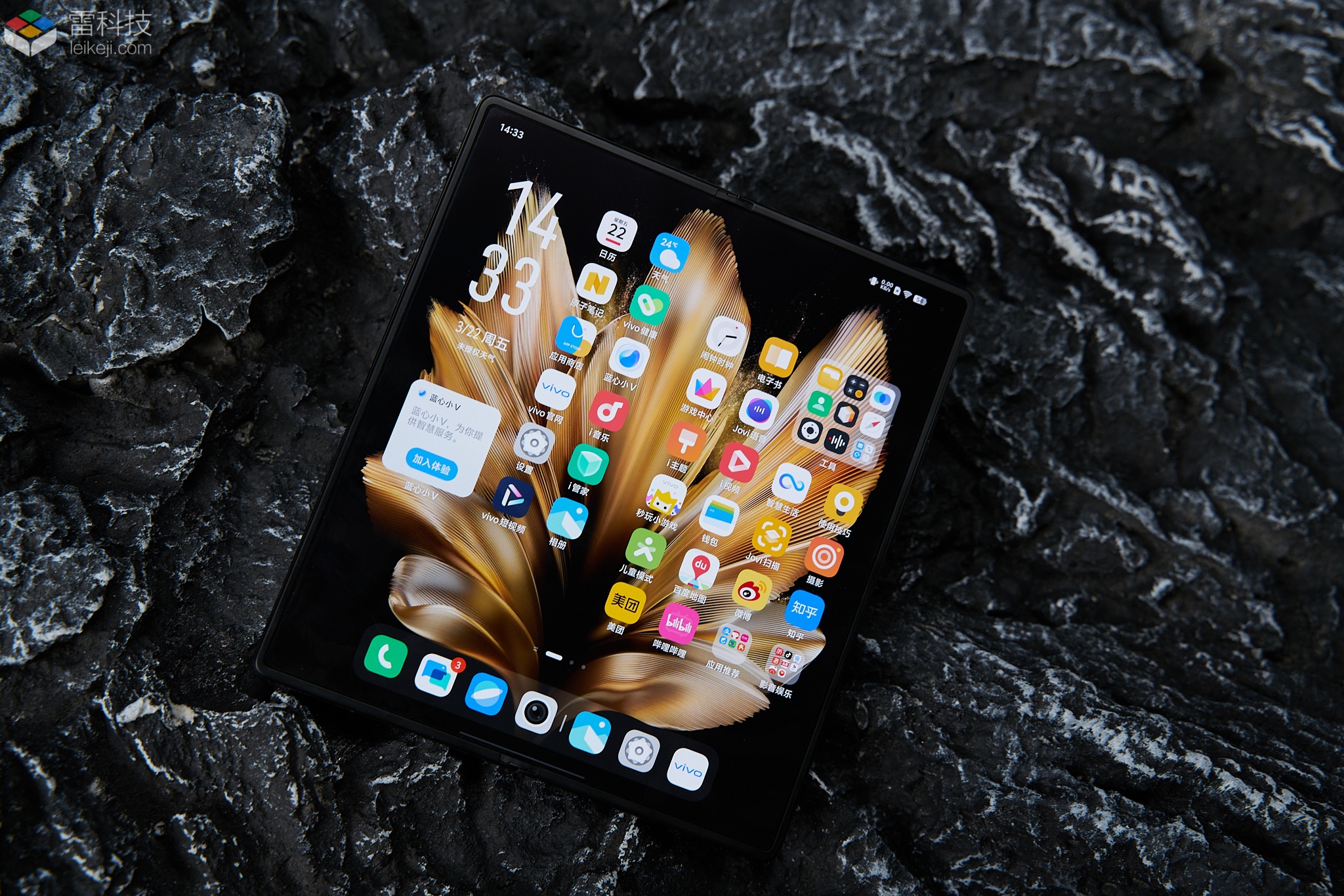
(Image source: vivo official)
The future market will be increasingly discerning, with everyone hoping to spend their money wisely. Brands will have less room for error, and even minor technical flaws can lead to a reversal in reputation and sales, as evidenced by past examples. It is foreseeable that phone manufacturers will be more "cautious" in the future, with all innovations and designs prioritizing mass production. Consumers no longer trust various exaggerations and competitive parameters; they only trust actual experiences.
After all, user experience is the true essence of innovation.
Source: Leitech

